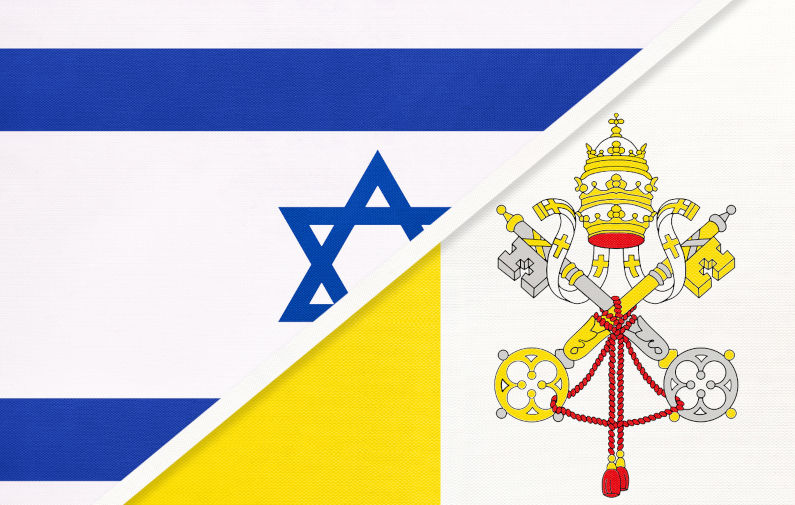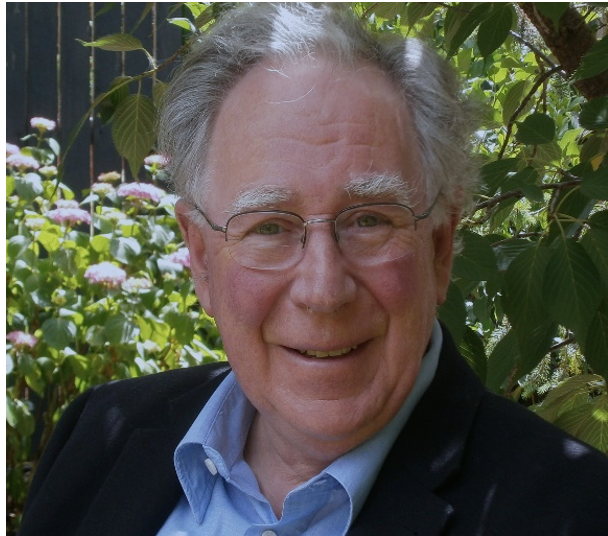Vatican - Israel rupture over Gaza
February 20, 2024
The invasion of Gaza, described by Pope Francis as terrorism, is causing strained relationships between Israel and the Vatican.
One of the longest-term supporters of the Palestinians is the Holy See, the Vatican. Although the number of Christians in Palestine is small 2.5% of the population of the West Bank (50,000), about 1,100 in Gaza and 185,000 in Israel the Holy See has been present since the Crusader Kingdom through the Custody of the Holy Land entrusted by Rome to the Franciscans who arrived in Jerusalem in 1217, sent by Saint Francis of Assisi himself. They are still there.
In 1847, the Latin Patriarchate of Jerusalem was re-established as a diocese with a particular concern to maintain the presence of Arab Christians in the Holy Land. The first Palestinian to become Latin Patriarch was Archbishop Michel Sabbah, appointed in 1987.
In 1948, the Holy See had appointed an Apostolic Delegate to Jerusalem and Palestine, who became a Nuncio when formal diplomatic relations were established with the Palestinians in the Comprehensive Agreement between the Holy See and the State of Palestine in June 2015.
Relations between the Holy See and Israel are more complex. In the background lurks the Holocaust and the long history of Christian anti-Semitism. In 1904, as part of his search for support for a Jewish homeland in Palestine, Theodor Herzl approached Pope Pius X who firmly rejected the Israel proposal.
With the proclamation of the Jewish state in May 1948, Pius XII emphasised the international character of Jerusalem and called for guaranteed access to Christian holy places, including freedom of worship and respect for religious customs and traditions. Since then, the Vatican has consistently supported a two-state solution.
In 1964, Paul VI became the first pope since Saint Peter to visit the Holy Land. He emphasised it was a spiritual visit and never once mentioned the word Israel. He was followed by John Paul II in March 2000 who had worked hard to build relationships with the Jewish people. He grew-up just 25 Kilometres south of Owicim, the site of Auschwitz-Birkenau extermination camp where 1.1 million people, mainly Jews, died. Pope Francis visited Israel in 2014.
The fundamental change in Jewish-Catholic relationships came during the Second Vatican Council with the Declaration Nostra aetate (October 1965) which stated that Jesus death could not be imputed to the Jews of his time, nor to the Jews of our time. The Councils primary purpose was to repudiate Catholicisms history of anti-Semitism.
Negotiations between Israel and the Holy See continued and a Basic Agreement normalising relations was reached on 30 December 1993, just three months after the Oslo Accords between Prime Minister Rabin and PLO Chairman, Yasser Arafat. The establishment of diplomatic relations between the Holy See and Israel followed and in 1997 a further agreement was reached which recognised the legal personality of the Catholic Church in Israel. But issues relating to property rights and tax exemption continue raising tensions between local Christian communities and Israeli law.
The Vatican continues to support a two-state solution. Before the 7 October 2023 Hamas attack, Archbishop Paul Gallagher, Vatican Secretary for Relations with States (i.e. foreign minister), called for a UN peace plan to recognise that the Palestinians are in a very weak position, because of internal governance problems and the increasingly authoritarian and militarily invasive attitude of the State of Israel.
After the Hamas attack, both Pope Francis and Cardinal Secretary of State, Pietro Parolin, argued that the Israeli people had a right to defend themselves, but that the innocent civilians of Gaza should be spared. Both repeated the Holy Sees call for a two-state solution.
Tensions escalated when Cardinal Secretary Parolin said on 13 February 2024 said that what is happening in Gaza was carnage adding that this operation [must] be proportionate. And certainly, with 30,000 dead, it is not.
This was backed up by the Vaticans official spokesman, Andrea Tornielli. A Vatican website editorial entitled Stop the carnage, spoke of Israelis massacred at home and hostages torn from their families, but also said that No one can define what is happening in the Gaza Strip as collateral damage in the fight against terrorism. It spoke of innocent civilians one third of whom are children killed by the bombing in Gaza. Pope Francis condemned any anti-Semitic manifestation against Jews and Judaism, but also said that whats happening in Gaza is not war, its terrorism.
The Israeli Embassy protested and claimed that Vatican diplomats were not sufficiently supporting Israel, leading a Vatican diplomat to comment: The Israelis believe we never support them enough. They demand unconditional support, which we cannot give.
The tension between the Holy See and Israel is palpable and there seems to be no solution in sight while the Netanyahu government remains in power. For the Vatican the two-state solution is the only game in town.

